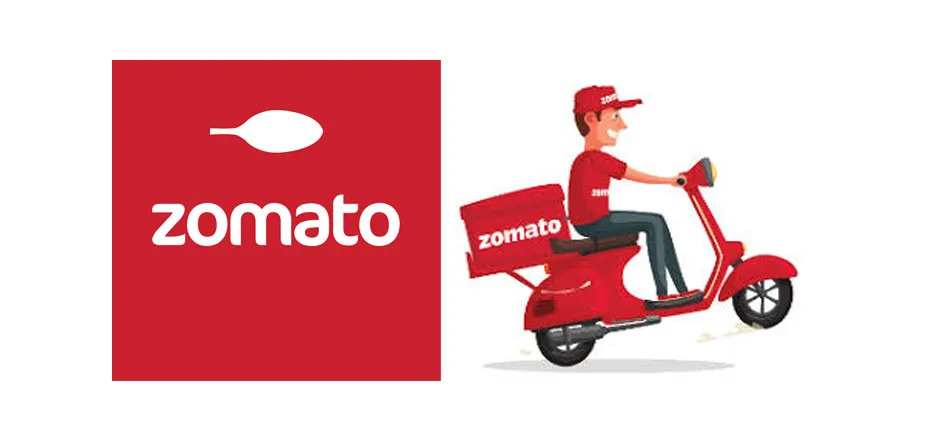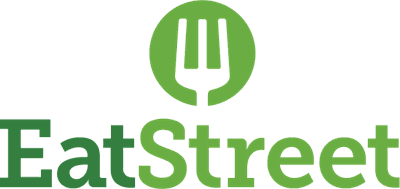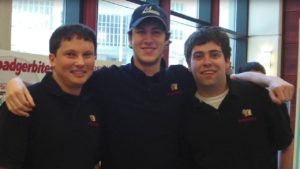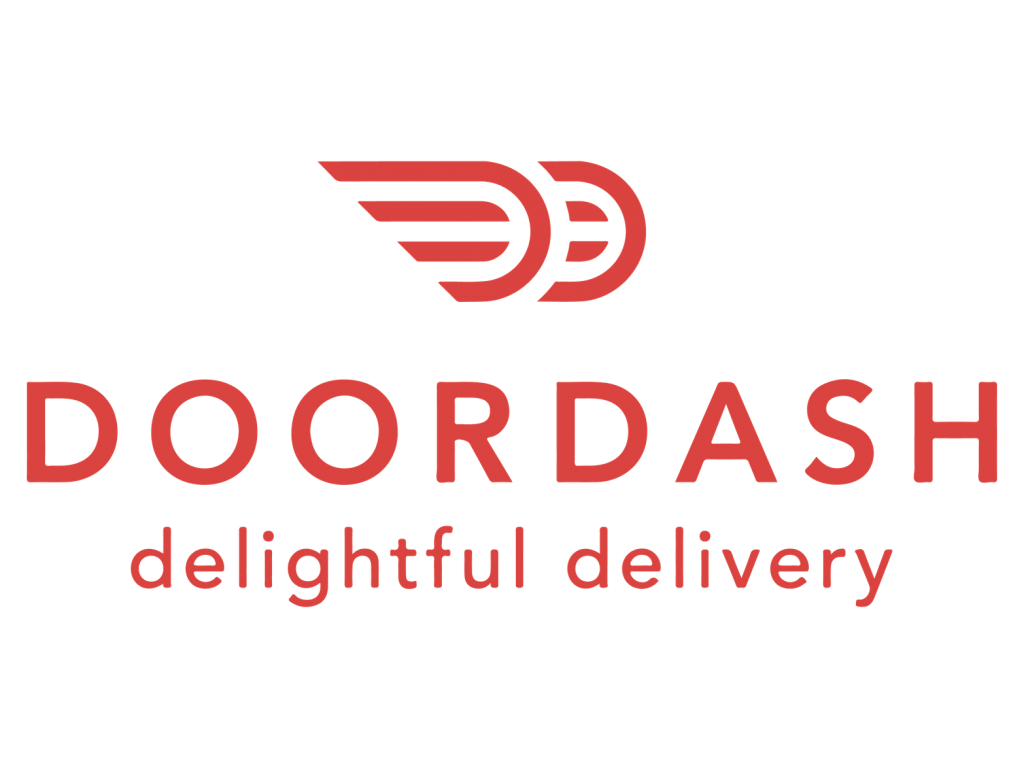Zomato – A Popular Food Delivery Giant In India.
One of the most popular on-demand meal delivery services, Zomato, enables consumers to find restaurants and have their food delivered right to their door. It is the go-to food delivery platform for the majority of Indians and continues to be the first choice of people when it comes to restaurant searching.
About The Company
Founded in 2008, Zomato is a popular food delivery giant in India. It is a platform that links customers with delivery services and restaurant partners to meet their various demands. Customers use Zomato to find restaurants, order food delivery, reserve a table, and pay for meals when dining out. Headquartered in Gurugram, Haryana, Zomata now has a presence in over 24 countries including the UK, US, and Australia.

History
When Zomato was founded it was initially named FoodieBay. However, in 2010 the founders of the company renamed it Zomato in order to avoid any trademark issues with eBay. In 2011, the company expanded its domestic operations across major cities in India like Delhi NCR, Bangalore, Mumbai, Pune, Hyderabad, Chennai, and Ahmedabad. Later in 2012, it also increased its international presence by launching its operations in countries like the UK, South Africa, Qatar, UAE, the Philippines, and Sri Lanka. In the next 1-2 years, it expanded itself globally across many nations including Canada, New Zealand, Portugal, etc. The company entered the USA and Australian markets in 2015, by the acquisition of an American restaurant discovery platform Urbanspoon. Zomato’s entry into the USA put it in direct opposition to other services with similar business models, like Yelp and Foursquare. Later on, in the same month, it bought Mekanist, a restaurant discovery platform in Turkey. In February 2015 as part of an effort to diversify its income beyond restaurant listing, It launched an online payment system called Zomato Cashless in affiliated restaurants in Dubai. However, the company discontinued this payment service after a few months.
In 2015, Zomato began its food delivery services by partnering with Delhivery and Grab. The idea was to provide delivery services to restaurants that lacked their own delivery service. In 2017, it launched Zomato Gold, a paid membership service that allowed users to receive deals and discounts on dining out and food deliveries at Zomato-partnered restaurants. In 2018, Zomato became a ‘unicorn’ by raising 200$ million through Ant Financial which valued the company at 1.1$ billion. In the same year, Zomato bought WOTU( rebranded as Hyper pure), which is a B2B platform, in its effort to supply restaurants with food ingredients like meat, vegetables, and grains from the company’s warehouses.
In 2020, as a result of the Covid pandemic and increase in demand for online groceries, Zomato introduced Zomato Market across 80+ cities in India. However, in June 2020 Company shut down its Zomato Market initiative as the business wasn’t scalable. In 2021, Zomato became India’s first unicorn to go public by offering its IPO( Initial public offering) in the stock market.
Acquisitions
Over the past few years, Zomato has acquired many local and international startups like Menu-Mania, lunchtime.cz, obedovat.sk, Gastronauci, Cibando, Urbanspoon, Mekanist, MapleGraph, NexTable, Sparse Labs, Runnr, TongueStun Food, TechEagle Innovations. In 2018 Zomato bought TechEagle Innovations, which specializes in drones, thus working towards a drone-based food delivery system in India. Other popular acquisitions include UberEats and Grofers. In 2022, It approved the acquisition of Blinkit, a grocery delivery platform, in an all-stock deal worth Rs. 4447 crores.
Founders – Deepinder Goyal and Pankaj Chaddah
Zomato was built by Deepinder Goyal and Pankaj Chaddah in 2008 as a platform called “Foodiebay,” which listed restaurants and food. Both the founders met while working at a company called Bain Consulting. They both are graduates of IIT-Delhi. By 2011, what had initially been a small concept had become a one-stop destination for anyone searching for restaurant recommendations, reservations, ratings, reviews, and other information.

I am a law graduate from NLU Lucknow. I have a flair for creative writing and hence in my free time work as a freelance content writer.








